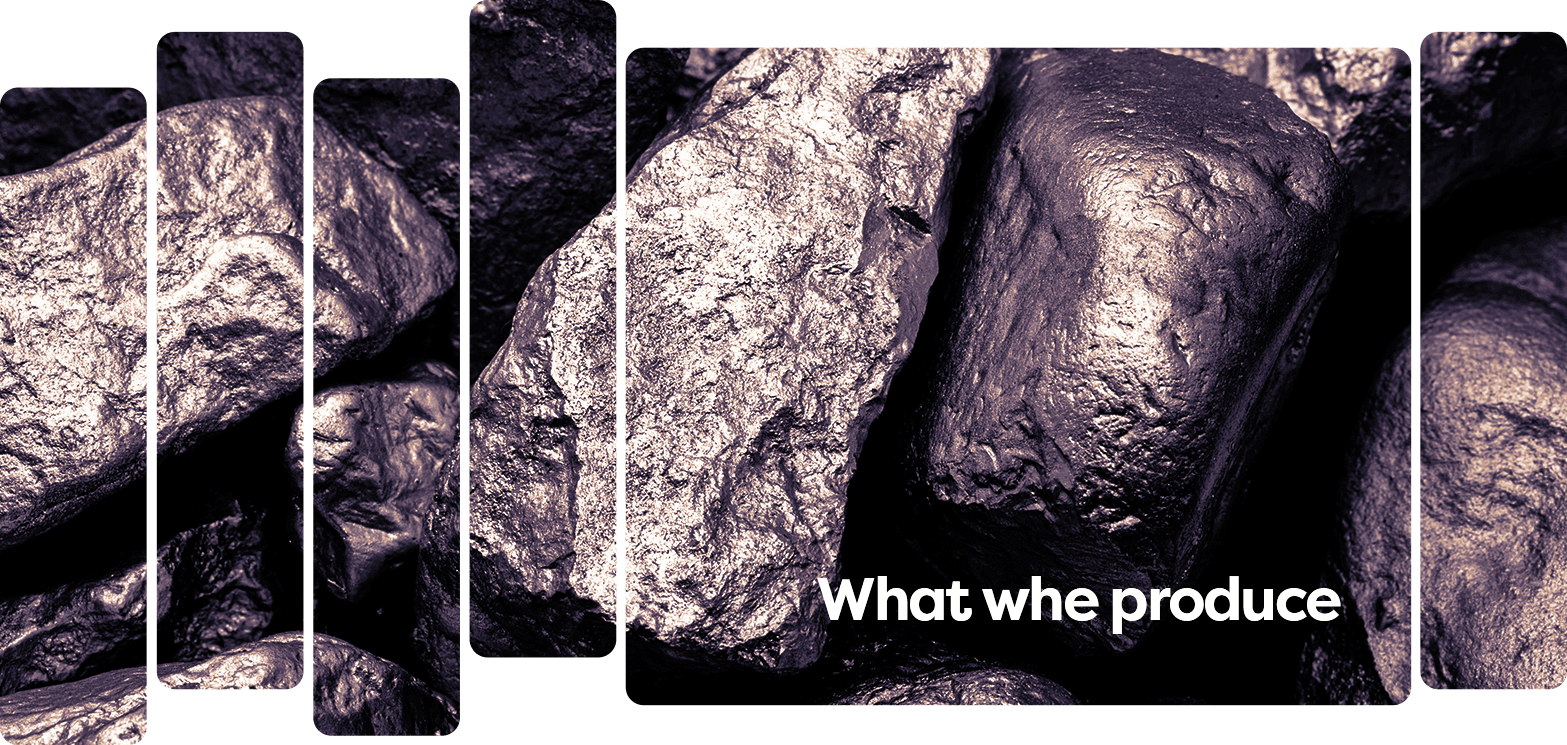Nexus Ligas produces three types of manganese alloys:
Silico-manganese (SiMn)
High carbon ferromanganese (HC FeMn)
Medium carbon ferromanganese (MC FeMn)
*The only producer in Brazil, currently.
Specifications:
SiMn – %Mn min: 65%; %Si: 12 to 20; %C: 1.5 to 3.0; %P: 0.10 to 0.25
HC FeMn – %Mn min: 75%, %Si: max: 2%; %C: max: 7.5; %P: 0.18 to 0.25
MC FeMn – %Mn min: 75%; %Si: max: 2%; %C: max: 2; %P: max: 0.35

